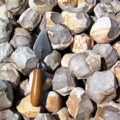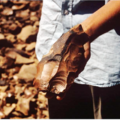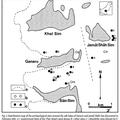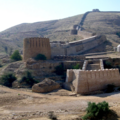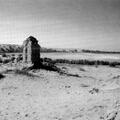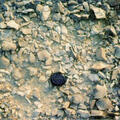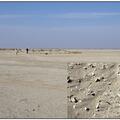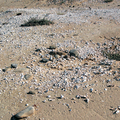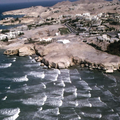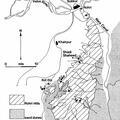The Palaeolithic Sites at Ongar: a Resource in Danger
A brief article by Paolo Biagi and Renato Nisbet which discusses the Palaeolithis sites at Ongar (Sindh, Pakistan), their potential value, the dangers of losing the site and unwillingness of local government to secure it. The article includes nearly a dozen color images including maps, diagrams, and on-location photos of the site.

